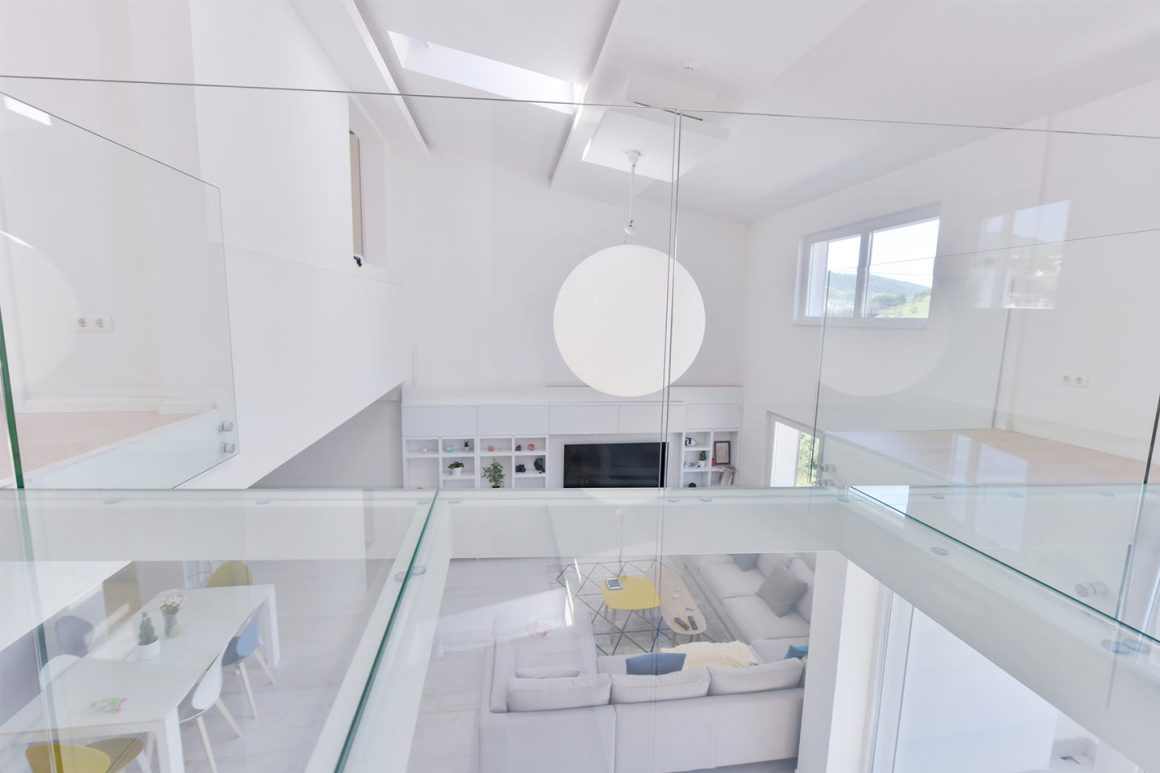Decorative glass, with its history steeped in artistry and practicality, has evolved significantly over centuries. This 1500-words article delves into the rich history of decorative glass, its latest trends, production styles, safety concerns, and the reasons for its popularity in modern interior design.
Historical Perspective
Decorative glass has a storied past, tracing back to ancient times. Initially found in the form of stained glass in grand cathedrals, it served both an aesthetic and a narrative purpose, depicting religious stories. As time progressed, the use of decorative glass expanded beyond religious edifices, becoming a symbol of wealth and sophistication in homes and public buildings.
Evolution and Trends
Custom Etched or Carved Glass
Etching and carving are two distinguished methods of glass decoration. Custom etching, which involves creating designs on the surface of the glass using acidic, caustic, or abrasive substances, offers subtlety and elegance. Carving, on the other hand, goes deeper than etching, allowing for multi-dimensional patterns. These techniques have been refined over the years, leading to intricate designs that can range from geometric patterns to elaborate scenes.
Slumped or Cast Glass
Slumped glass, formed by heating glass until it slumps into or over a mold, and cast glass, where molten glass is poured into a mold, represent the more sculptural aspects of glassmaking. These methods allow for the creation of unique textures and shapes, making each piece a work of art. The versatility of these techniques has made them popular in both functional objects and decorative installations.
Stacked Glass
Stacked glass involves layering multiple pieces of glass to create a distinct, often multi-colored, dimensional effect. This technique has gained popularity for its ability to add depth and complexity to installations, making it a favorite for large-scale projects and statement pieces.
Production Styles and Safety Concerns
The production of decorative glass, while an artistic endeavor, is fraught with safety concerns. The process often involves extreme temperatures and hazardous materials. Proper ventilation, protective gear, and adherence to safety protocols are essential to prevent accidents. Additionally, the final product must be handled and installed with care to ensure structural integrity and safety, especially in public spaces.
Modern Interior Design and Glass
In contemporary interior design, decorative custom glass plays a pivotal role. Designers favor glass for several reasons:
Expanding Space: Glass’s transparent nature gives an illusion of more space, making it ideal for smaller rooms or areas where a sense of openness is desired.
Enhancing Light and Ambience: Glass allows natural light to penetrate spaces, reducing the need for artificial lighting and creating a warm, welcoming environment.
Versatility: With the array of techniques available, glass can be tailored to suit any decor, from minimalist to extravagant.
Sustainability: Modern glass production often incorporates recycled materials, aligning with the growing demand for eco-friendly design solutions.
Conclusion
Decorative glass, with its blend of historical significance and contemporary appeal, continues to captivate both creators and admirers. Its evolution from simple stained glass to sophisticated techniques like etching, carving, slumping, casting, and stacking demonstrates the versatility and enduring appeal of this material. Safety considerations remain paramount, but they have not hindered the creative exploration of glass. In modern interior design, glass is more than just a material; it’s a medium through which light, space, and artistic expression are harmoniously blended, making it a perennial favorite among designers. The future of decorative glass looks bright, with continuous innovation paving the way for new styles and applications.
immagini Depositphotos
L’articolo Decorative custom glass in Modern Interior Applications proviene da Dettagli Home Decor.


